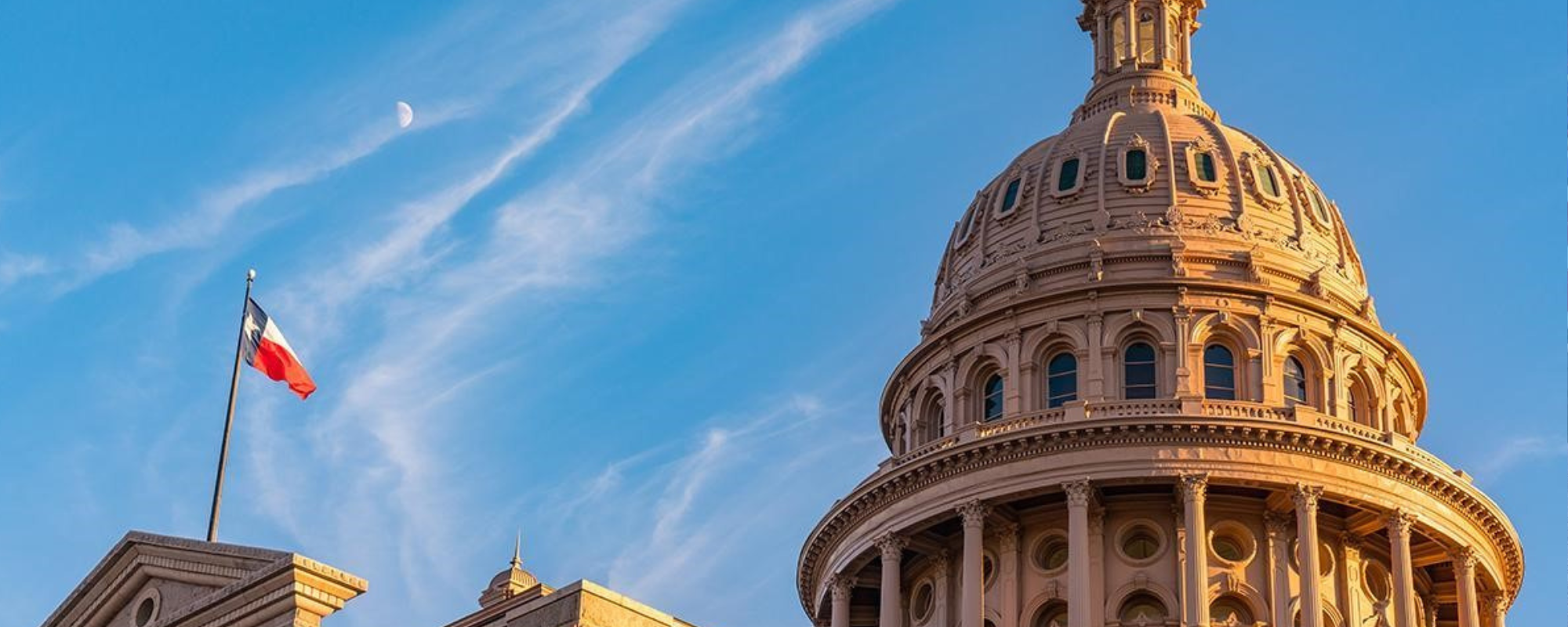Make or Break: Texas Legislative Session Looms Large for Public Schools
With public schools across the state facing mounting financial pressure, school leaders are hoping — yet again — that the 89th Texas Legislature will help them address pressing needs back home.
As the school year starts the spring semester, school trustees and administrators are beginning budget discussions for the 2025-26 school year with talks of closing campuses, eliminating positions, and cutting back on educational and extracurricular programs.
Trustees have cautioned legislators for years that rising inflation, costlier services, and a funding cliff from the loss of federal COVID relief dollars were resulting in a financial crisis for many districts.
Hope Turns Into Frustration
Many school districts held out hope in 2023 that the 88th legislative session would have provided some relief, but $4 billion in state funding for public schools was left on the table when a school finance bill was withdrawn from consideration after the Texas House stripped an education savings account voucher program from it.
That hope has turned into frustration as many political discussions about public education seem to be focused on vouchers rather than increasing the basic allotment to compensate for rising inflationary costs that have jumped by close to 20% since 2019, which is the last time the basic allotment was addressed by the Legislature.
“Dollar funding for public education has decreased by $9.86 billion since House Bill 3 [2019] took effect,” said Lori Tays, a Denton ISD trustee. “I am deeply concerned for student outcomes and the future workforce of Texas.”
Tays, a pediatric emergency room nurse, noted that educators are already seeing some of the negative outcomes associated with a lack of funding, including decreased opportunities for students and a negative impact on academic progress across the state.
Funding Pressures Mount
There have been several blows dealt to school districts — compounding the funding problems. District leaders are seeing growing gaps in special education, transportation and school safety funding, challenges resulting from reduced support from the federal Medicaid reimbursement program for children receiving special education services, and reduced revenue from declining student enrollment.
“It’s like death from a thousand cuts,” said Kelly Rasti, associate executive director of TASB Governmental Relations. “Districts have been doing their best to address each individual funding gap, but at some point, there are just too many to sustain with decreasing buying power caused by inflation.”
Rasti, who worked as both a teacher and an administrator in San Antonio-area school districts before joining TASB, knows that schools can manage temporary budget shortfalls, but she added that sustained deficits are a different matter that begins to affect local taxpayers.
“We’ve now reached that point,” Rasti said. “Districts are adopting deficit budgets and are forced to turn to local voters to pass higher tax rates to increase teacher salaries and maintain school campuses.”
‘Fund Schools First’ Campaign
Business leaders and school districts in North Texas started a movement to “Fund Schools First,” asking the Legislature to prioritize public education this session before addressing other issues.
The group highlights Texas Legislative Budget Board data showing that, in constant 2016 dollars, education funding has dropped from a high of $66.76 billion in 2021 to $44.9 billion in 2025.
The group also points to significant funding gaps between what schools are spending on students and what the state is providing for those services, including shortfalls of $2.2 billion for special education services, $1.6 billion in transportation funding, and $747 million for safety and security.
These funding gaps are exacerbated by rising costs in education, including a 22% increase in emergent bilingual students and a 35% increase in students requiring special education services. These students require more qualified staff, specialized services, and other support to meet state standards.
Some point to inflated administrative budgets as a reason for school districts’ financial woes, but Texas Education Agency data show that the average portion of district budgets allocated to central administration is 4%. Those administrators are also dealing with more state requirements every year, sometimes leading to the hiring of more support to comply with the new mandates.
Focusing On Students
In the end, school districts across Texas will continue to work hard to provide the best educational services for their students, even as the state’s investment in those students lags.
“The magic of public education is that we meet all students where they are and provide support to boost student progress, inside and outside of the classroom,” Tays said. “Under the current funding system, those necessities for development will now be viewed as luxuries and our children will suffer the ramifications.”
Like many other trustees, Tays believes legislators can cut through the noise and clutter of the legislative session to focus on the more than 5.5 million students currently attending Texas public schools.
“I am hopeful that our legislators will recognize the importance of public education and its critical role in shaping the future of the Texas economy, and that they will provide adequate funding for our schools in the upcoming legislative session.”

Dax Gonzalez
Dax González is division director of TASB Governmental Relations.





